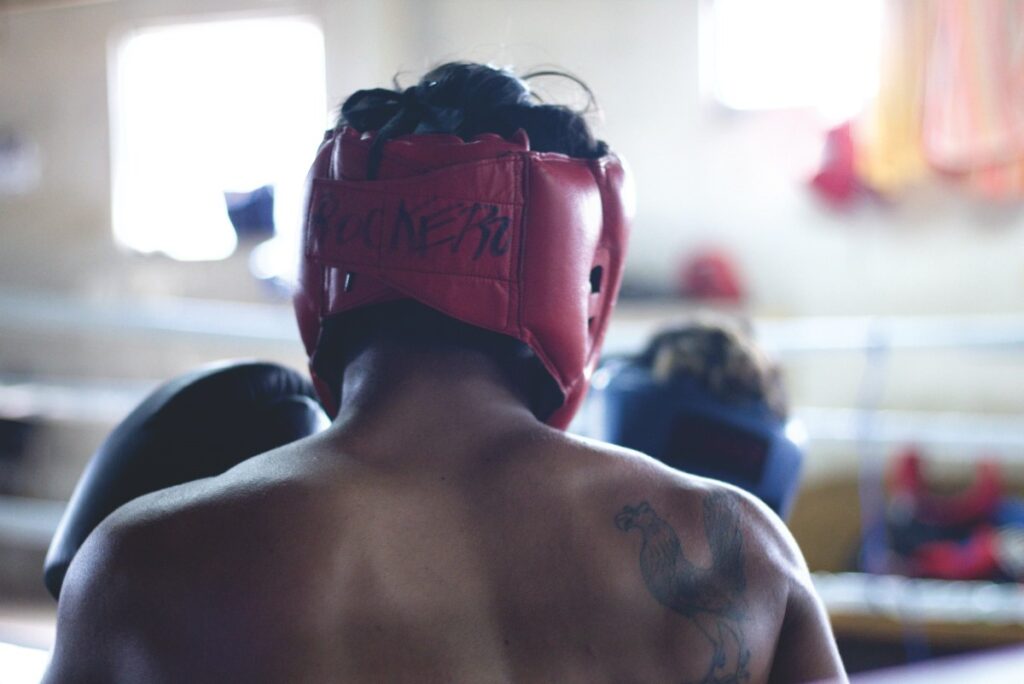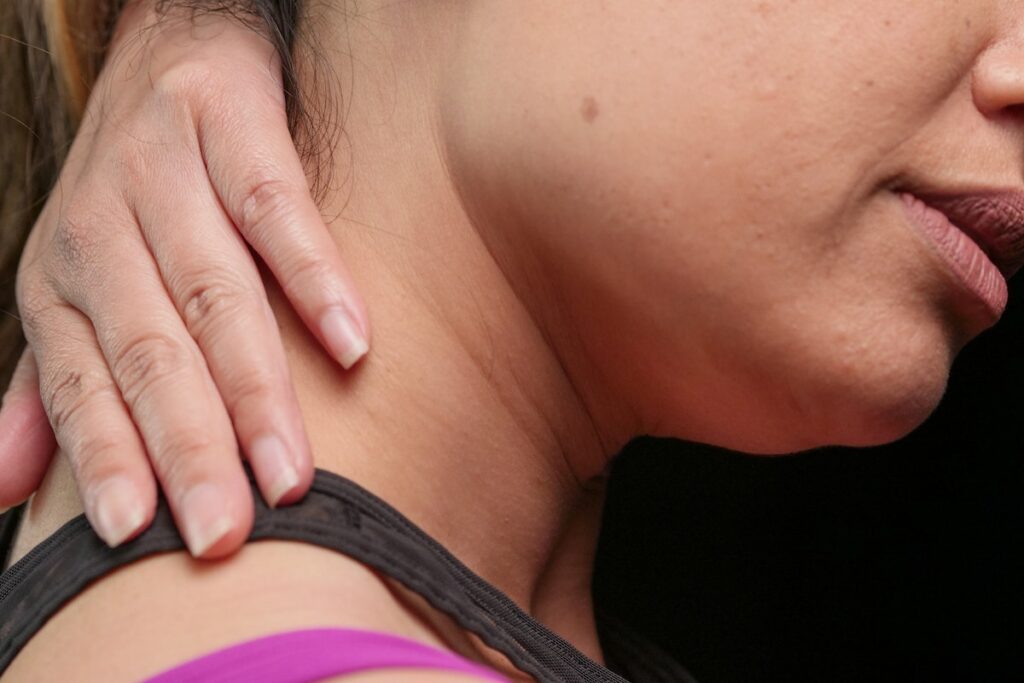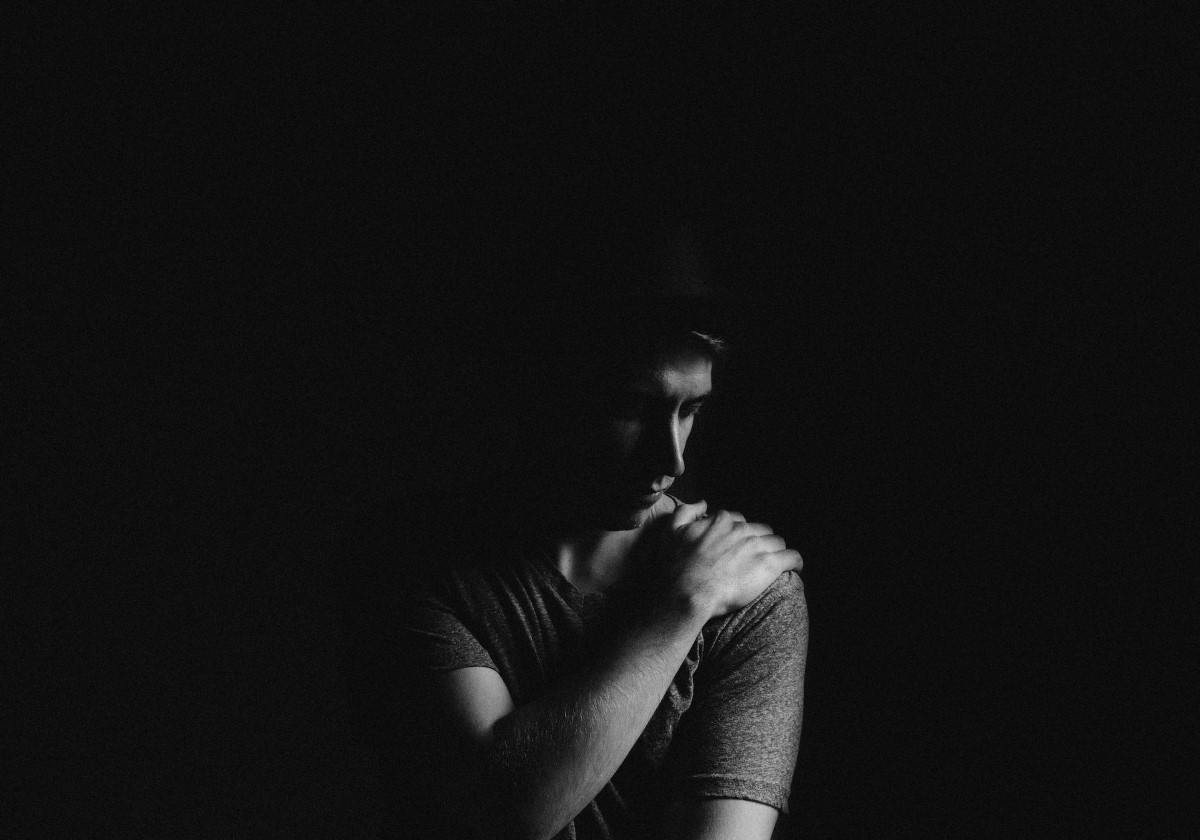Introduction
Shoulder pain on the left side is a common complaint that can affect individuals of all ages and lifestyles. The shoulder is a complex joint with a wide range of motion, making it susceptible to various injuries, strain, and medical conditions. Left-sided shoulder pain can arise from a multitude of factors, including overuse, trauma, muscle imbalances, and underlying medical conditions. In this comprehensive 3000-word article, we will explore the causes, symptoms, diagnosis, treatment options, and preventive measures for left-sided shoulder pain.
Anatomy of the Left Shoulder
Understanding the anatomy of the left shoulder is essential to comprehend the sources of left-sided shoulder pain. The shoulder joint is a ball-and-socket joint, composed of the humerus (upper arm bone) fitting into the glenoid cavity of the scapula (shoulder blade). The joint is stabilized and moved by muscles, tendons, and ligaments, allowing for a wide range of motions, including abduction, adduction, flexion, extension, and rotation.
Common Causes of Left-Sided Shoulder Pain
Left-sided shoulder pain can result from various factors, including:
- Rotator Cuff Injuries: The rotator cuff is a group of muscles and tendons that stabilize and move the shoulder joint. Overuse, repetitive motions, or trauma can lead to inflammation or tears in the rotator cuff, causing left-sided shoulder pain.
- Bursitis: Bursae are small fluid-filled sacs that reduce friction between bones, tendons, and muscles in the shoulder joint. Inflammation of the bursa can lead to left-sided shoulder pain.
- Tendinitis: Inflammation of the tendons, such as the biceps tendon or supraspinatus tendon, can cause left-sided shoulder pain, especially during overhead movements.
- Frozen Shoulder (Adhesive Capsulitis): A condition characterized by the gradual loss of shoulder mobility and left-sided shoulder pain.
- Dislocation: A sudden force or trauma can cause the shoulder joint to pop out of its socket, leading to intense left-sided shoulder pain.
- Fractures: A broken collarbone (clavicle) or humerus can cause significant left-sided shoulder pain.
- Arthritis: Inflammatory or degenerative arthritis can lead to left-sided shoulder pain and reduced joint mobility.
- Torn Labrum: A tear in the cartilage ring that surrounds the shoulder socket can cause left-sided shoulder pain and instability.
- Nerve Compression: Pinched nerves in the neck or shoulder can radiate pain to the left shoulder region.
Symptoms of Left-Sided Shoulder Pain

Left-sided shoulder pain can manifest with various symptoms, depending on the underlying cause and severity. Common symptoms of left-sided shoulder pain include:
- Pain: Dull, aching, or sharp pain on the left side of the shoulder, which may worsen with certain movements or activities.
- Limited Range of Motion: Difficulty raising the left arm or performing overhead movements.
- Weakness: Reduced strength in the left arm and shoulder.
- Swelling: Visible or palpable swelling around the left shoulder joint.
- Stiffness: Difficulty moving the left shoulder joint due to pain or inflammation.
Diagnosis of Left-Sided Shoulder Pain
Accurate diagnosis is crucial for determining the underlying cause of left-sided shoulder pain and guiding appropriate treatment. The following methods are commonly used for diagnosis:
- Medical History: The healthcare provider will inquire about the patient’s symptoms, medical history, and any recent injuries or activities that may have contributed to the left-sided shoulder pain.
- Physical Examination: A thorough examination of the left shoulder, assessing range of motion, tenderness, swelling, and signs of inflammation.
- Imaging Studies: X-rays, MRI, or CT scans may be conducted to visualize the left shoulder’s internal structures and detect any abnormalities, fractures, or joint disorders.
- Ultrasound: Ultrasound imaging can provide real-time visualization of soft tissues, such as tendons and ligaments.
- Electromyography (EMG): EMG tests can evaluate nerve function and identify nerve compression or damage.
Treatment Options for Left-Sided Shoulder Pain

Treatment for left-sided shoulder pain depends on the underlying cause, the severity of the condition, and the patient’s overall health. Common treatment options include:
- Rest: Resting the left shoulder and avoiding activities that worsen the pain can promote healing.
- Ice and Heat Therapy: Applying ice packs or warm compresses can help reduce inflammation and alleviate left-sided shoulder pain.
- Pain Management: Over-the-counter pain relievers, such as acetaminophen or nonsteroidal anti-inflammatory drugs (NSAIDs), can provide short-term relief from left-sided shoulder pain and inflammation.
- Physical Therapy: Targeted exercises and stretches can help improve left shoulder strength, flexibility, and stability.
- Corticosteroid Injections: Injections of corticosteroids into the left shoulder joint can help reduce inflammation and alleviate pain.
- Shoulder Brace or Support: Wearing a shoulder brace or support during physical activities can provide stability and reduce strain on the left shoulder.
- Arthroscopic Surgery: In severe cases, arthroscopic surgery may be necessary to repair torn ligaments, tendons, or labrum in the left shoulder.
- Manipulation Under Anesthesia (MUA): In frozen shoulder cases, MUA may be performed to break up scar tissue and improve shoulder mobility.
Coping Strategies for Left-Sided Shoulder Pain
Living with left-sided shoulder pain can be challenging, but several coping strategies can help improve quality of life and reduce the impact of chronic pain:
- Rest and Recovery: Giving the left shoulder ample rest and avoiding overuse can aid in the healing process.
- Gentle Stretching: Performing gentle shoulder stretches can maintain flexibility and prevent stiffness.
- Posture Correction: Improving posture can reduce strain on the left shoulder and prevent worsening of the pain.
- Modify Activities: Modifying daily activities to avoid movements that exacerbate left-sided shoulder pain can be beneficial.
- Sleep Position: Using a supportive pillow and adopting a comfortable sleeping position can alleviate pain during sleep.
- Stress Reduction: Engaging in stress-reducing techniques, such as meditation or yoga, can help alleviate muscle tension and prevent stress-induced exacerbation of left-sided shoulder pain.
Preventive Measures for Left-Sided Shoulder Pain
While some causes of left-sided shoulder pain may not be preventable, several lifestyle choices and precautions can help reduce the risk of developing chronic pain:
- Proper Posture: Maintaining good posture during sitting, standing, and sleeping can reduce strain on the left shoulder.
- Shoulder Strengthening: Regularly engaging in shoulder-strengthening exercises can improve muscle stability and prevent injuries.
- Gradual Exercise Progression: Gradually increasing the intensity and duration of physical activities can reduce the risk of overuse injuries in the left shoulder.
- Avoiding Repetitive Motions: Limiting repetitive movements that strain the shoulder and shoulder joint.
Conclusion
Left-sided shoulder pain is a multifaceted issue that can affect individuals across various age groups and lifestyles. The intricate anatomy of the left shoulder, coupled with its extensive range of motion, exposes it to an array of potential injuries, strains, and medical conditions. From rotator cuff injuries and bursitis to fractures and nerve compression, understanding the diverse causes is fundamental in devising effective treatment and preventive strategies. If you’re seeking tailored and effective solutions for your shoulder discomfort, consider the specialized care provided by Roseburg Physical Therapy.
If you’re in Sutherlin and are thinking about physical therapy, you can learn more about what Sutherlin Physical Therapy can do for you.


